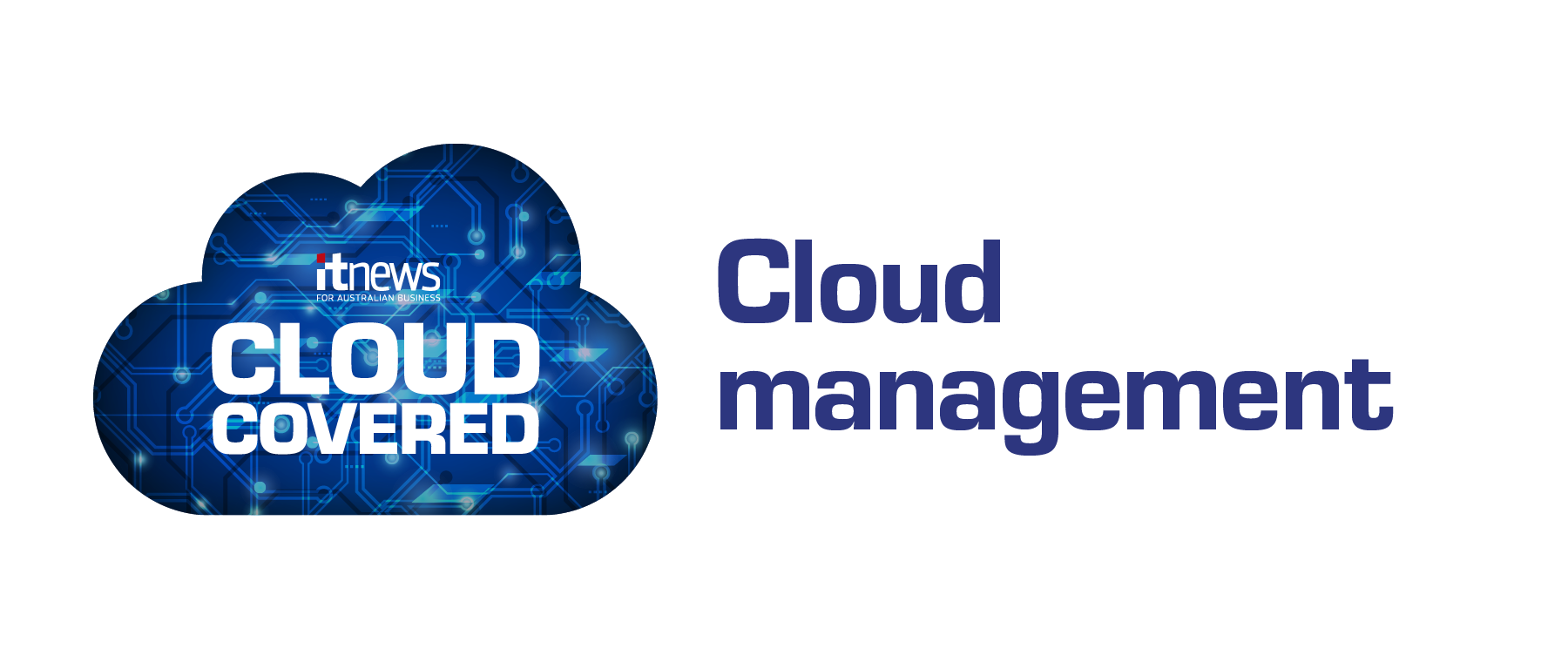.png)
It’s been some time since cost was cited as the primary advantage of the cloud, with the tendency for cloud expenses to escalate rapidly giving rise to an entire new field of management – FinOps.
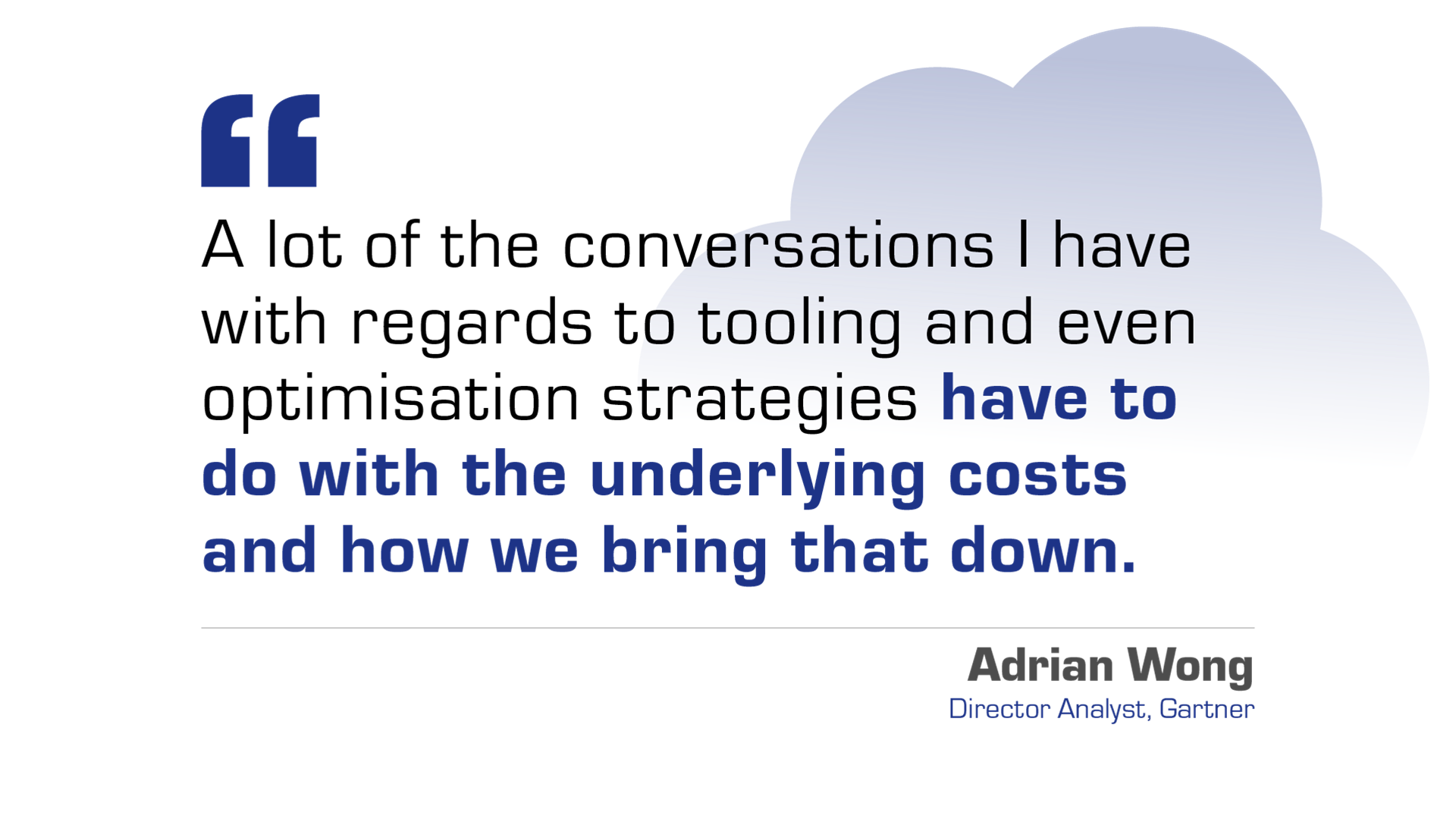
While cost is far from the only management challenge for cloud users, according to Gartner director analyst Adrian Wong, it is the most prevalent.
“How expensive the cloud is – which has taken a lot of organisations by surprise – means that a lot of the conversations I have with regards to tooling and even optimisation strategies have to do with the underlying costs and how we bring that down,” Wong said.
The concern regarding cloud costs is reflected in the size of the global FinOps market, which was estimated by Polaris Market Research to be valued at US$13.47 billion ($21.03 billion) in 2024, rising to US$39.56 billion ($61.76 billion) by 2034.
Cloudy cost models
Wong added that while costs were often accepted as a trade-off for other benefits, such as better-quality services, users were increasingly investing in systems that could help them understand – and therefore manage – their cloud environments.
“Observability is the way that we are going towards this,” Wong said.
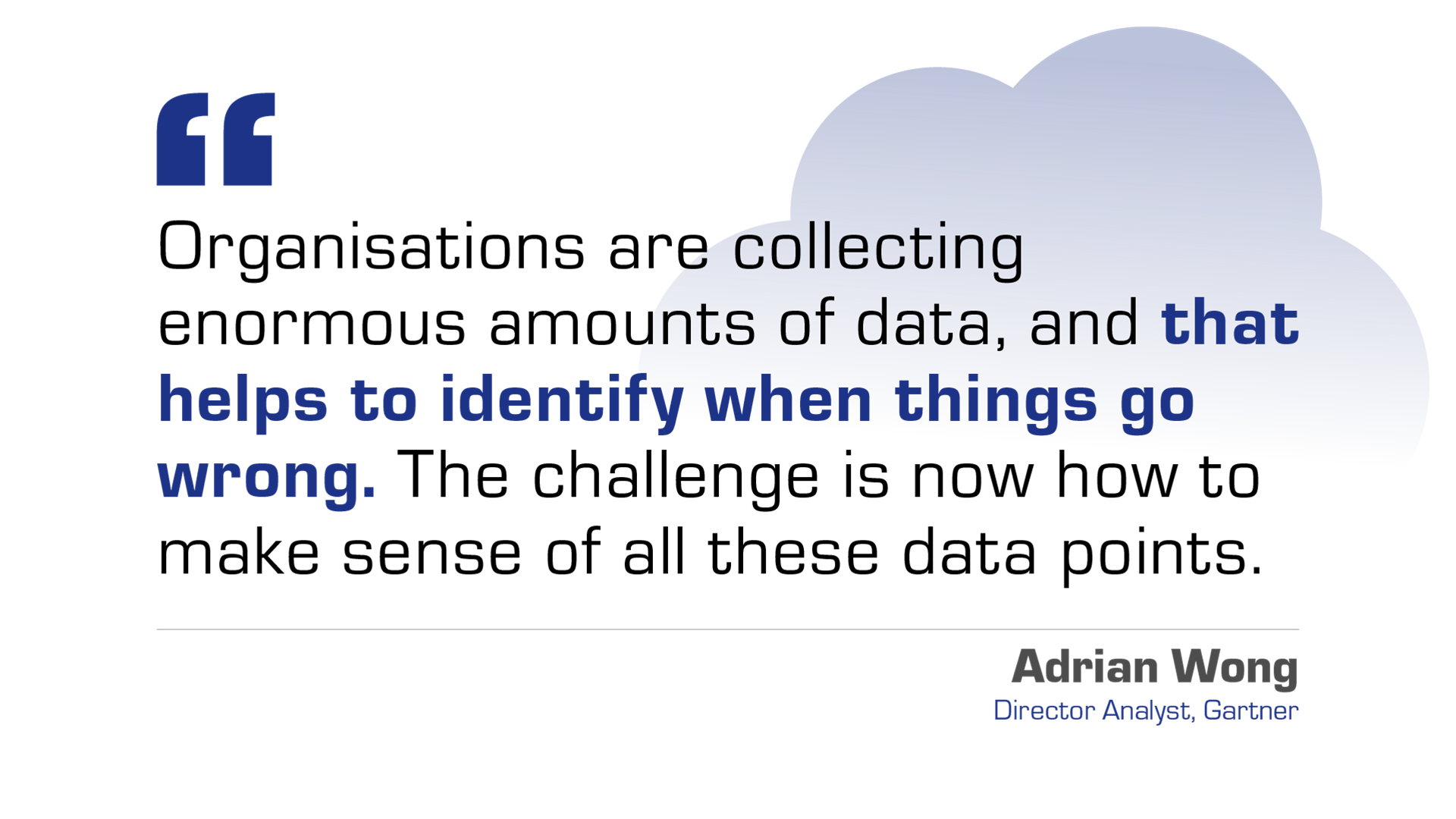
“Organisations are collecting enormous amounts of data, and that helps to identify when things go wrong. The challenge is now how to make sense of all these data points. So we are seeing a lot more adoption of artificial intelligence and things like event intelligence solutions which are designed to streamline all these different sources and understand the different relationships within the stack.
“And it’s becoming really expensive.”
These trends of cost management and AI are coming together in the discipline of AIOps, where AI automates and enhances cloud management. AIOps is becoming a significant market in its own right, with Fortune Business Insights estimating its value at US$2.23 billion ($3.48 billion) in 2025, on its way to US$8.64 billion ($13.48 billion) by 2032.
Another manifestation of the desire to rein-in high cloud costs is the concept of ‘augmented’ FinOps, where AI is used to automatically optimise costs based on preset objectives.
These developments are often described as part of ‘Day 2’ operations, which consider how the cloud is secured and optimised for performance and cost.
Rapid learning
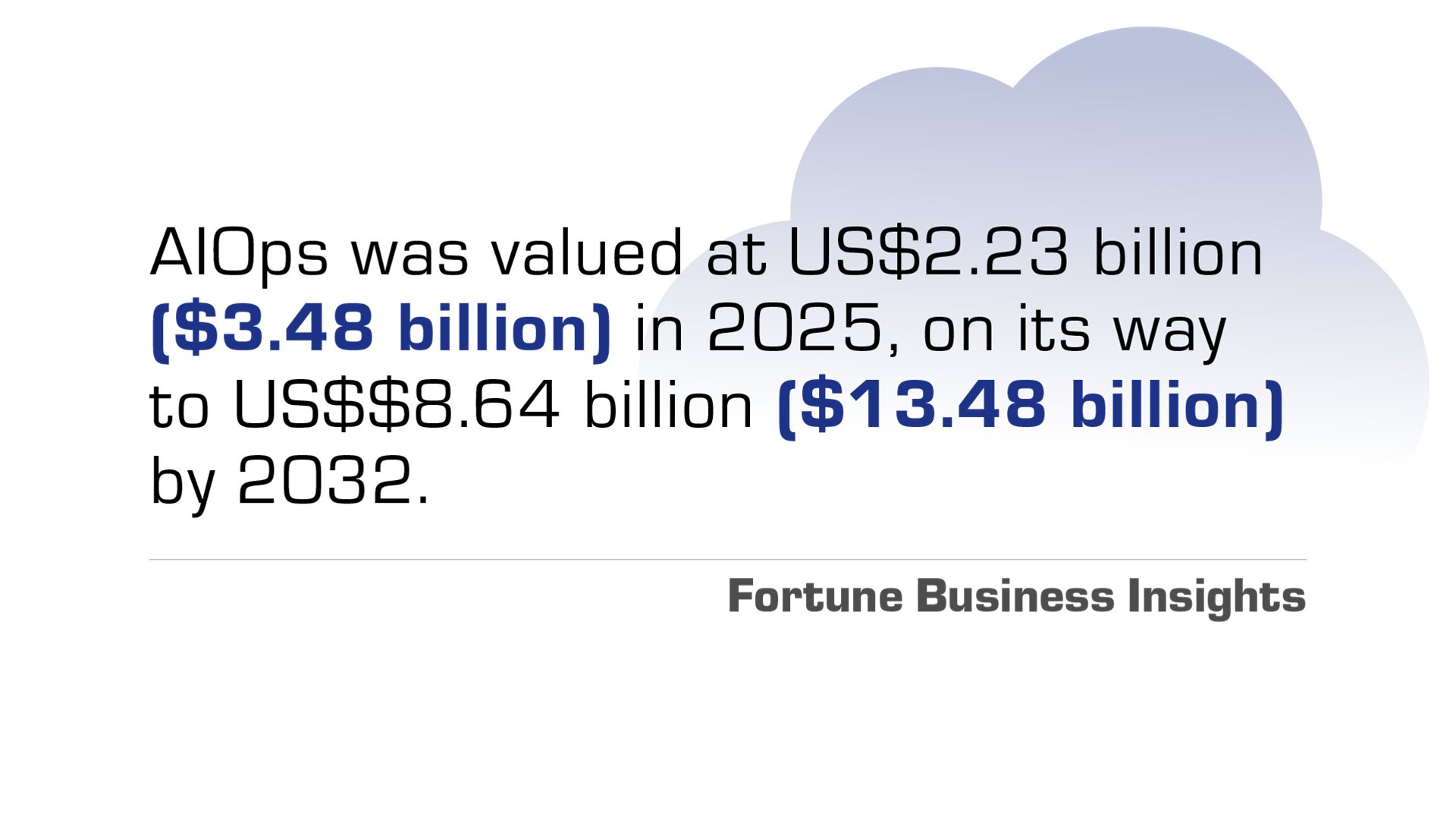
When Roberto Calero joined the industrial and safety supplies business Blackwoods as cloud operations manager back in 2019 he inherited a cloud environment consisting of mostly virtual infrastructure, and the task of managing a Dynamix ERP migration.
“Blackwoods came to realise that the cloud, as a technology capability and as an infrastructure alternative, was more than just virtualisation, and required a lot of support,” Calero said.
“That was a lengthy exercise – three and a half years – and we successfully built a cloud capability in-house supporting the ERP migration to its final release.
“During the migration the focus was on delivery, but after the migration the focus was on how we would manage the environment moving forward, and what we would use it for.”
Costs became a key consideration, with Blackwoods opting to adopt SaaS services where it made sense, as well as shifting some applications back out of the cloud.
“We have moved some back to the on-premises environment as well, mostly due to considerations of cost and value and things like that,” Calero said.
“So the environment is constantly evolving, and it has gone through three different generation, with a focus on security and operational excellence as of late.”
The next stage of the evolution of Blackwoods cloud will see Calero and his team invest more effort into automation and the use of generative AI to increase efficiency and effectiveness, while also ensuring data flows readily to those people in the organisation who need it the most.
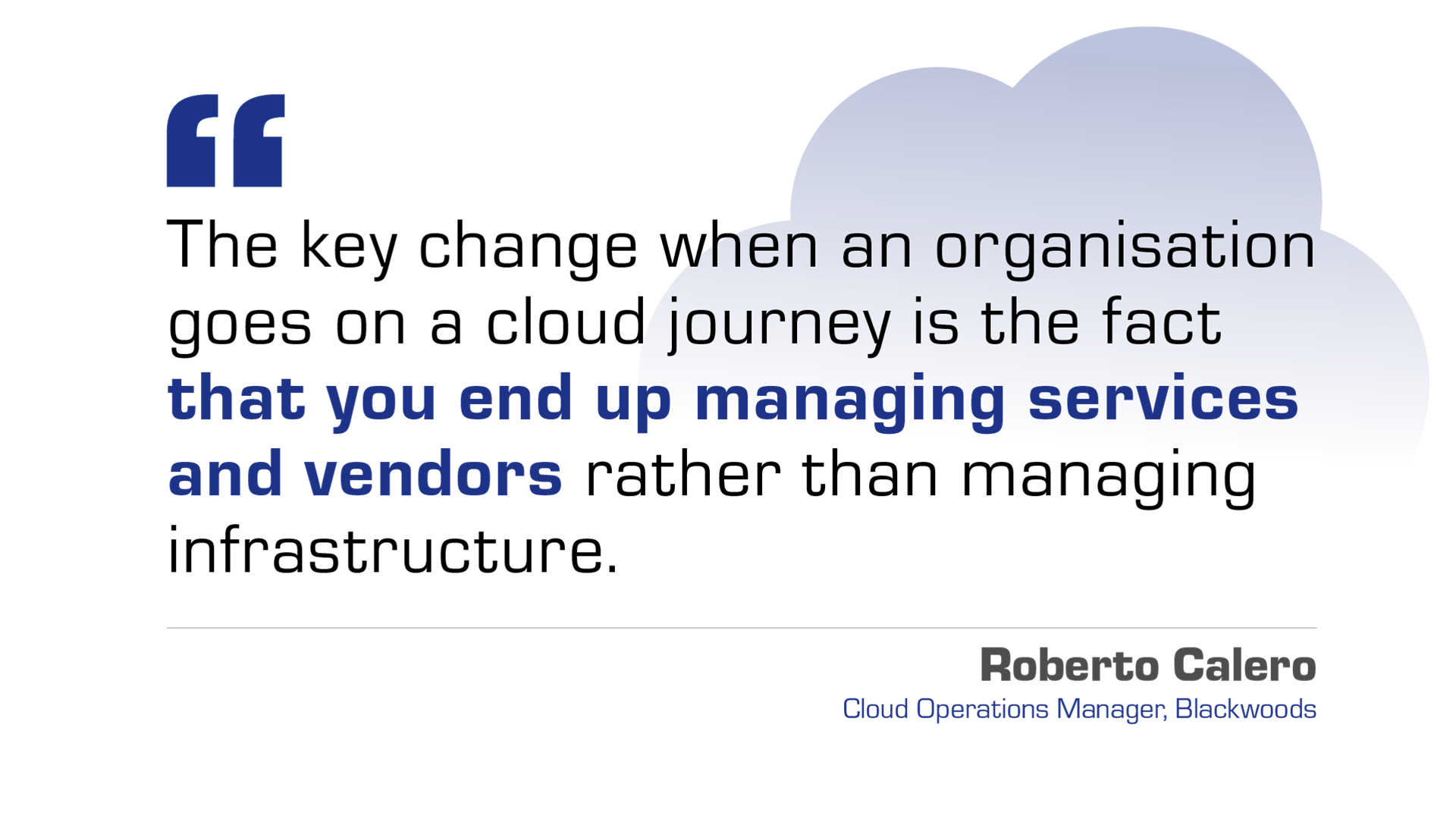
Calero said his thinking had shifted from a ‘cloud-only view’ in favour of a ‘platform view’ using middleware to bring together different capabilities. He said there were now three principles that guided Blackwood’s investments – to be financially viable and cost-efficient, safe and secure to operate, and excellently managed.
“The key change when an organisation goes on a cloud journey is the fact that you end up managing services and vendors rather than managing infrastructure,” Calero said.
“From a management perspective, you would like to consolidate, because there is less overhead in managing a decent size pool of vendors. From a security perspective you also need to keep a balance of the risk, so you don’t want to put all your eggs in one basket. But it also comes at a cost.
“So it is a balancing act – the art of managing a cloud environment – because there is always give and take.” - Roberto Calero, Cloud Operations Manager, Blackwoods
Managing via experience
It was this pragmatic perspective that led Calero to repatriate some workloads.
“There were some applications that were ported to the cloud but where the cloud wasn’t adding any value, and it just happened that we had capacity in the data centre,” Calero said.
“So when we put in an assessment, it looked to us that the sensible thing to do was to take that off the cloud and put it back on the on-premises environment.”
Another technique that Calero is using to manage expenses is to keep a close watch on the cost of running non-production environments in the cloud.
“If we see environments costing over 20 percent of their production counterpart, we mark it for efficiency review, and I do that monthly with every single solution that is deployed,” Calero said.
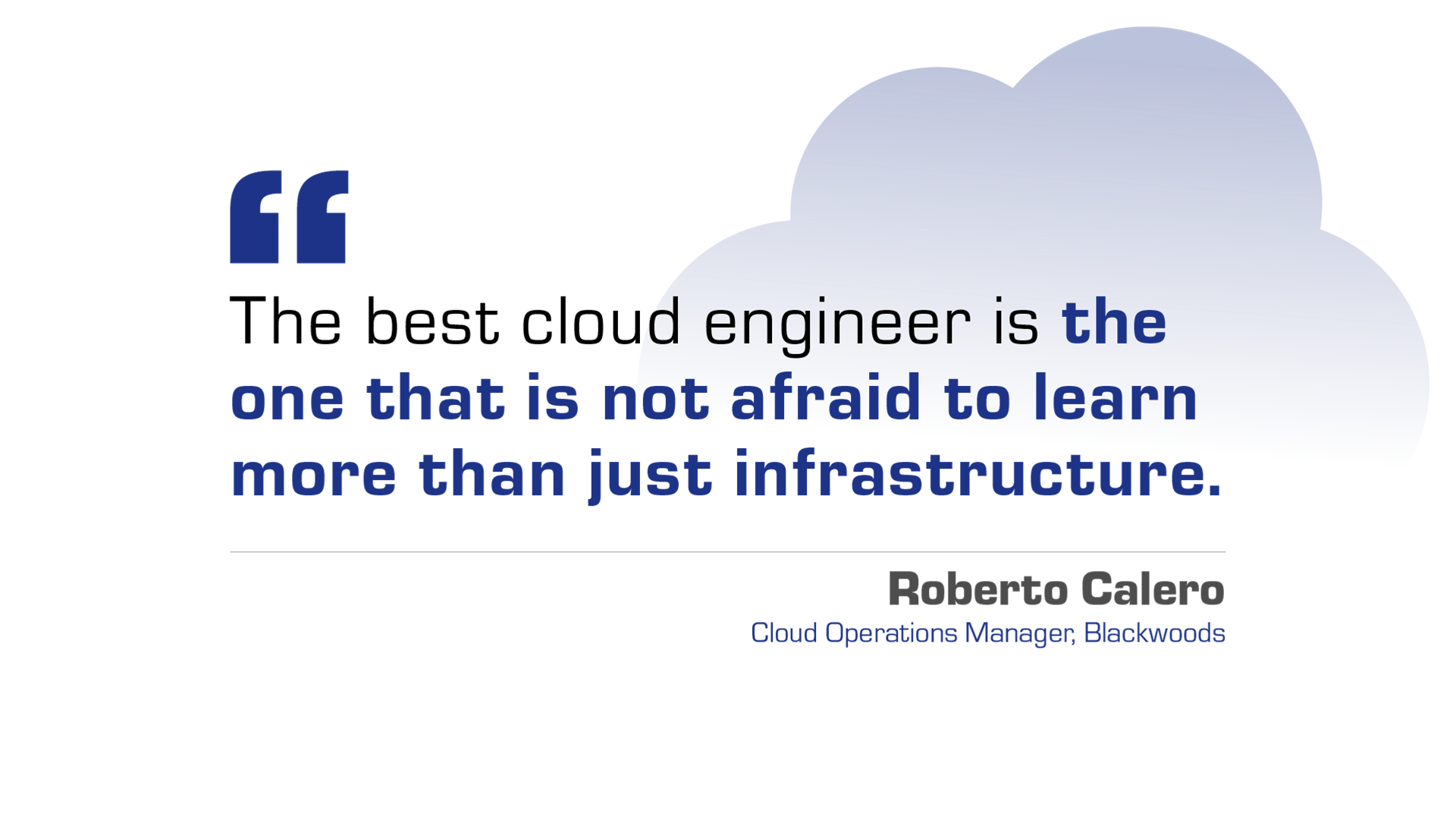
“From a technology adoption perspective, you need to have a risk-based view of the world, because the risk is either going to be a security breach, or additional operational complexity, or a budget overrun. None of those three situations are the ones that you want to have.”
Hence to run an optimal cloud it was important to hire people that were very hands-on with cloud technologies and processes.
“The best cloud engineer is the one that is not afraid to learn more than just infrastructure,” Calero said.
“Cross functional and cross technical training is very valuable. And that person needs to speak application language and database language.
“It will be interesting to see what happens to cloud operations teams and what they morph into. My message would be to try cross-skilling your teams and to give them extension with depth.”
Beyond automation
While automation will continue to be a key driver in the future of cloud management, the human element - particularly strong governance - will remain equally critical for the foreseeable future.
At MYOB, general manager of reliability and security Peter Wolski said this included a commitment to ensure that the culture of IT operations always aligned to the idea of minimising costs.
“That is more sustainable – changing the culture of the organisation for teams to care about how much something is costing, and having a process to understand when they spin up a new system that they need to think about budget and what impact that will have,” Wolski said.
Cloud Management Champion

Cloud Covered Champion
We are proud to present this year's Cloud Covered champion, and showcase the work they do.
.png)
